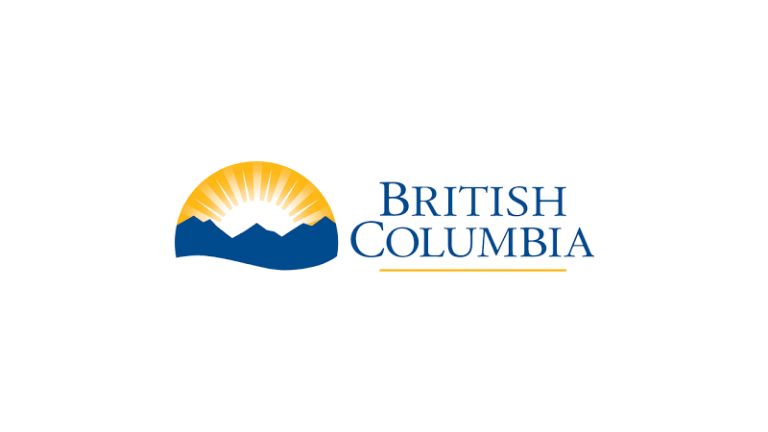4 Reasons to Remain Vigilant as Vaccinations Begin

Apr 27, 2021
“Don’t wait for the availability of COVID-19 vaccines to figure out how they may affect your workplace,” advises Wagish Yajaman, a certified industrial hygienist and Canadian Registered Safety Professional with Workplace Safety & Prevention Services (WSPS). “While vaccines are widely seen as our best chance to end the pandemic and revitalize the economy, they may present challenges that workplaces need to prepare for.”
Topping the list: ensuring people continue following pandemic precautions. “We still need to maintain vigilance,” asserts Wagish. Here are four reasons why:
• we won’t all be vaccinated at the same time. Vaccines are being made available in stages, based on supply, recipients’ age and risk level, and other factors.
• once injected, vaccines take time to build immunity. We could still be at some (albeit reduced) risk after we get our first shot.
• the vaccines are not 100% effective. A small percentage of people who receive the vaccine will not benefit from it. There are also emergent variants of the virus, for which vaccine effectiveness has yet to be proven. Vaccinated people may still be able to spread the virus to others.
• “herd immunity” will take effect only after 56% to 89% of the population has been vaccinated.[1] Reaching this goal will take time over the coming months.
Wagish recommends that workplaces treat vaccines as just one element in the hierarchy of pandemic controls. The hierarchy functions best when a number of elements work in harmony to provide a solid level of control. With stubbornly high COVID-19 infection rates, now may be a good time to review your workplace’s pandemic protocols.
6 steps your workplace can take now
Until most Canadians are vaccinated and we achieve herd immunity, Wagish suggests the following:
• continue to take protective measures against transmitting COVID-19, such as wearing face coverings, maintaining physical distancing, cleaning/disinfecting, screening employees and visitors, and other measures. Even if employees have been vaccinated, we still lack sufficient evidence that COVID vaccines prevent transmission of the virus from person-to-person.[2]
• educate yourself and your employees to combat misinformation. Draw on official sources, such as Health Canada and the U.S. Centers for Disease Control and Prevention. Use multiple means to disseminate accurate information, such as emails, bulletin boards, company Intranet, safety talks, etc.
• acknowledge employee concerns about vaccine safety. Your job is not to defend the vaccine, but to direct anyone with concerns to the most accurate, up-to-date information available.
• track national, provincial and local roll-out strategies so you understand when and how vaccinations will take place in your community.
• consider creating a COVID-19 vaccination guideline similar to an influenza vaccination guideline. Base your guideline on facts: gather and document relevant information and evidence. Possible contents include the nature of the vaccine, why it’s important to employee health and the workplace, sources of additional information, and reasonable grounds for declining to be vaccinated (e.g., risk of adverse reactions due to allergies, or religious belief, practice or observance).
• watch out for potential minefields, such as conflicts among employees for and against vaccinations, and whether to make vaccinations a requirement of employment. The latter is a sensitive legal and human rights issue. Educating everyone will help prevent conflicts from arising, and more importantly serve to keep your workforce safe and informed.
How WSPS can help
These resources and many more can be found on WSPS’ COVID-19 Hub, which offers employers critical information, resources, and updates to help them keep workers workers during this time.
• Prevent COVID At Work, a new mobile app
• Find the gaps in your COVID-19 operational planning
This article was reprinted with permission from Workplace Safety & Prevention Services (WSPS), a health and safety association serving Ontario’s manufacturing, agricultural and service sectors. Many resources are pertinent to workplaces in other Canadian jurisdictions; https://www.wsps.ca.
References
1. “COVID-19 – What We Know So Far About… Herd Immunity,” Public Health Ontario, www.publichealthontario.ca/-/media/documents/ncov/covid-wwksf/2021/02/wwksf-herd-immunity.pdf?la=en
2. “Protecting Workers: Guidance on Mitigating and Preventing the Spread of COVID-19 in the Workplace,” OSHA, www.osha.gov/coronavirus/safework















